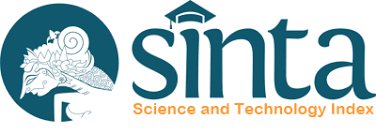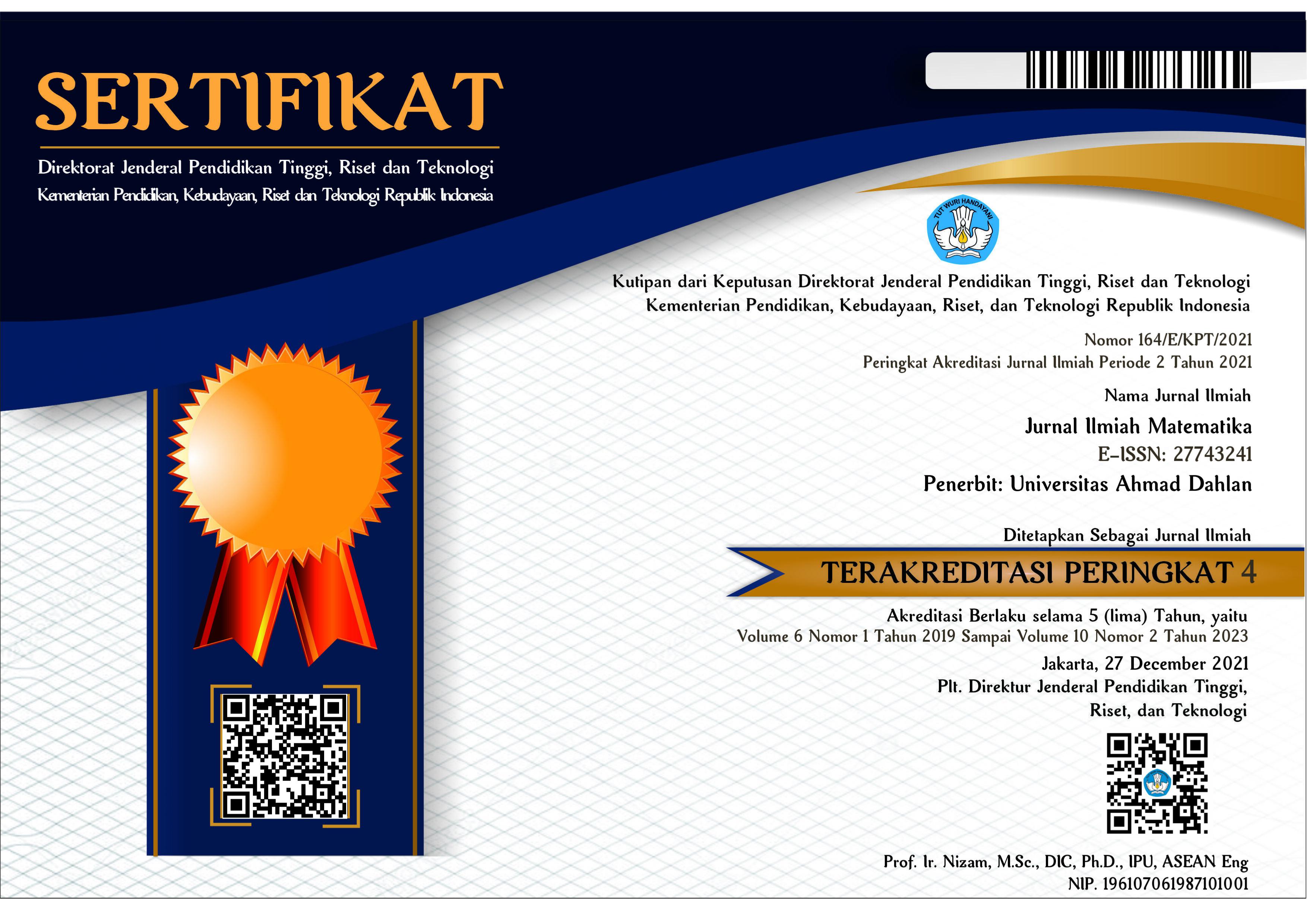Adaptive neuro fuzzy inference system untuk peramalan jumlah wisatawan
DOI:
https://doi.org/10.26555/konvergensi.v7i1.19195Keywords:
ANFIS, FCM, Peramalan, WisatawanAbstract
Adaptive Neuro Fuzzy Inference System(ANFIS) yaitu metode yang menggabungkan metode-metode yang ada pada softcomputing. Softcomputing yaitu pemodelan dengan pendekatan seperti nalar dari manusia dan belajar sesuai kondisi yang tidak pasti yang fleksibel atau berubah-ubah. Fuzzy Inference System(FIS) dan Jaringan syaraf merupakan komponen softcomputing dan pembentukan ANFIS. Penggunaan ANFIS terdapat metode pembelajran secara maju dan mundur atau yang disebut hybrid. Pembelajaran secara maju digunakan metode Least Square Estimator(LSE) dan pembelajaran mundur digunakan Gradient descent. Pada penelitian ini juga menggunakan FCM difungsikan untuk membangun aturan akan digunakan pada ANFIS. Tujuan dari peramalan jumlah wisatawan adalah untuk mengimplementasikan metode Adaptive Neuro Fuzzy Inference System dalam memprediksi jumlah wisatawan dan mengetahui hasil prediksi/ramalan jumlah wisatawan. Hasil peramalan jumlah wisatawan dengan menggunakan metode Adaptive Neuro Fuzzy Inference System(ANFIS) pada tahap latih didapatkan epoh 11 dan laju pembelajaran 0.02 mendapatkan nilai RMSE 909.2 sedangkan tahap uji epoh dan laju pembelajaran memberikan keakurasian bagus yang dapat dilihat dari Root Mean Square Error(RMSE) 123.3029.References
A. Muslim, “Peramalan harga paritas kedelai model ANFIS,†Widyariset, vol. 17, no. 1, pp. 13–24, 2014.
I. Andalita, “Peramalan jumlah penumpang kereta api kelas ekonomi Kertajaya menggunakan ARIMA dan ANFIS.†Institut Teknologi Sepuluh Nopember, 2015.
U. Hani’ah, “Implementasi Adaptive Neuro-Fuzzy Inference System (Anfis) untuk Peramalan Pemakaian Air di Perusahaan Daerah Air Minum Tirta Moedal Semarang.†UNIVERSITAS NEGERI SEMARANG, 2015.
A. M. Abadi and D. U. Wutsqa, “Optimalisasi model neuro fuzzy untuk data time series dengan metode dekomposisi nilai singular,†J. Penelit. Saintek, vol. 18, no. 1, pp. 44–55, 2013.
J.-S. Jang, “ANFIS: adaptive-network-based fuzzy inference system,†IEEE Trans. Syst. Man. Cybern., vol. 23, no. 3, pp. 665–685, 1993.
S. Kusumadewi and S. Hartati, “Neuro-Fuzzy: Integrasi Sistem Fuzzy dan Jaringan Syaraf,†Yogyakarta Graha Ilmu, 2006.
S. Kusumadewi and H. Purnomo, “Aplikasi Logika Fuzzy untuk Pendukung Keputusan, vol. II,†Yogyakarta Graha Ilmu, 2013.
D. L. Rahakbauw, M. I. Tanassy, and B. P. Tomasouw, “Sistem Prediksi Tingkat Pengangguran Di Provinsi Maluku Menggunakan Anfis (Adaptive Neuro Fuzzy Inference System),†BAREKENG J. Ilmu Mat. dan Terap., vol. 12, no. 2, pp. 99–106, 2018.
T. J. Ross, Fuzzy logic with engineering applications, vol. 2. Wiley Online Library, 2004.
H.-J. Zimmermann, Fuzzy set theory—and its applications. Springer Science & Business Media, 2011.
L. Ghorbanzadeh and A. E. Torshabi, “An Investigation into the Performance of Adaptive Neuro-Fuzzy Inference System for Brain Tumor Delineation Using ExpectationMaximization Cluster Method; a Feasibility Study,†Front. Biomed. Technol., vol. 3, no. 1–2, pp. 8–19, 2016.
E. Evanita, E. Noersasongko, and R. A. Pramunendar, “PREDIKSI VOLUME LALU LINTAS ANGKUTAN LEBARAN PADA WILAYAH JAWA TENGAH DENGAN METODE K-MEANS CLUSTERING UNTUK ADAPTIVE NEURO FUZZY INFERENCE SYSTEM (ANFIS),†Simetris J. Tek. Mesin, Elektro dan Ilmu Komput., vol. 7, no. 1, pp. 199–208, 2016.
Downloads
Published
Issue
Section
License
Authors who publish with this journal agree to the following terms:
1. Authors retain copyright and grant the journal right of first publication with the work simultaneously licensed under a Creative Commons Attribution License that allows others to share the work with an acknowledgment of the work's authorship and initial publication in this journal.
2. Authors are able to enter into separate, additional contractual arrangements for the non-exclusive distribution of the journal's published version of the work (e.g., post it to an institutional repository or publish it in a book), with an acknowledgment of its initial publication in this journal.
3. Authors are permitted and encouraged to post their work online (e.g., in institutional repositories or on their website) prior to and during the submission process, as it can lead to productive exchanges, as well as earlier and greater citation of published work.

This work is licensed under a Creative Commons Attribution-ShareAlike 2.0 Generic License.









